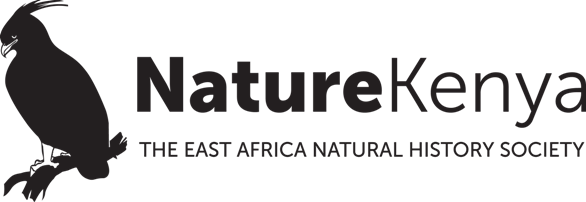March 21 is the International Day of Forests – this year’s theme being ‘Forests and Biodiversity’. This day is marked to raise awareness of the importance of all types of forests. Nature Kenya and forest-adjacent communities are striving to restore the forest landscape on the iconic Mount Kenya and other parts of Kenya.
Enhancing the capacity of communities to engage various stakeholders in forest conservation is key to ensuring the sustainability of forest landscape restoration initiatives. Eleven Community Forest Associations (CFAs) in Mt. Kenya, working closely with Nature Kenya, are among the recipients of Ksh32 million funding from Upper Tana Natural Resources Management Project to boost restoration of the Mt. Kenya forest.
The 11 CFAs are Gatere, Murinduko and Irangi from Murang’a, Kirinyaga and Embu counties respectively; Ruthumbi and Mweru from Meru county; Chuka and Kiera Hills from Tharaka Nithi county; and Cheche, Naromoru, Ragati and Hombe from Nyeri county.
The funding to the CFAs marks a milestone for the participatory forest management approach in Mt. Kenya, where community groups are now directly engaging public and private entities to finance their conservation activities. This follows a series of training programs undertaken by Nature Kenya to build the capacity of the CFAs. The groups have been trained on governance, advocacy, writing of business plans and funding proposals, among other subjects.
“The main aim of the training is to help the CFAs diversify their financial resource base to complement their forest restoration efforts,” says Charles Kiama, Nature Kenya’s Conservation Officer.
The funds will go towards supporting various sustainable livelihood projects like establishment of tree nurseries, eco-tourism and fish farming. These activities are aimed at improving livelihoods, creating employment and reducing poverty levels among forest adjacent communities through conservation, management and sustainable utilization of the forest resource.
Upper Tana Natural Resources Management Project, or Upper Tana Project as it is widely known, supports communities to sustainably manage natural resources. Besides providing funding, part of their mandate is to improve the incomes and the living standards of the target groups through interventions that are beneficial to the management of the natural resources. Last year, 22 CFAs from the Mt. Kenya block received their first Ksh20 million grant from the Upper Tana Project.
Nature Kenya, with funding from World Land Trust and The Darwin Initiative, is partnering with CFAs and other stakeholders to restore degraded sections of the Mt. Kenya forest. About 650,000 trees have been planted since 2017 covering close to 650 hectares of degraded forest area. Last year, 421,800 trees were planted during the heavy rains of October and November. The work of nurturing tree seedlings to maturity was done by members of 22 CFAs. Kiama says that they hope to capitalize on the long rains from March to May to double these numbers. To achieve this, Nature Kenya is partnering with five county governments – Meru, Nyeri, Embu, Tharaka-Nithi and Kirinyaga – and like-minded locally based community organizations, among them CFAs and Site Support Groups.
A business case has been developed for Mt. Kenya forest. The business case seeks to enhance the wellbeing of forest-adjacent communities by providing an incentive to conserve, manage and restore the Mt. Kenya ecosystem. The communities (water ‘sellers’) engage in protection and rehabilitation of the watershed, with financial support from downstream water users (‘the buyers’). Kenya Breweries Limited adopted the business case in 2017 and has since facilitated the planting and nurturing of 100,000 seedlings in Mt Kenya.
“Our main target is large-scale water buyers and consumers of resources from Mt Kenya. We are supporting CFAs to partner with the stakeholders who are willing to engage in forest restoration activities,” says Kiama.
Mt. Kenya forest is an irreplaceable biodiversity hotspot with unique flora and fauna of conservation importance, which underpins its Key Biodiversity Area (KBA) status and government protection. The forest is a cornerstone of Kenya’s economy through provision of varied socio-economic and ecosystem services: Mt. Kenya forest is a major carbon sink and a major water tower.
